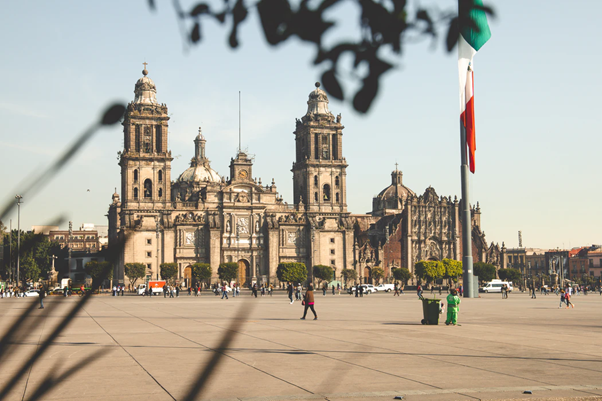
How Alternative Living Spaces Reduce Homelessness in Mexico City
14 December, 2021In Mexico City, as with many cities throughout the world, there are people right now experiencing homelessness. While there are many factors that contribute to this, one thing is for sure that we need to find solutions to this problem. Some of the factors that impact homelessness include wars, joblessness, inflation, and illness. Furthermore, there are people who aren’t able to hold down jobs, they struggle with mental illness, and they need services — but they can’t get them without an address.
Unfortunately, because of this, the cycle continues. Additionally, increasing rent prices in Mexico City make it impossible for some people (including families) to afford a place to live. They may not be jobless, but they can’t afford an apartment or home and they also can’t afford to move to a more affordable location. These challenges leave individuals feeling hopeless about their situation.
Breaking the Cycle
Some of the issues of homelessness are cyclical, meaning that each issue feeds another until people get trapped. It’s very difficult for some people to come out of this cycle without some assistance. One of the best opportunities for people in first-world countries who are homeless is to get help with a place to live. The fees associated with moving into a place are often prohibitive to people who are homeless. They may be able to get into a hotel temporarily, but this is only a short-term fix.
One of the solutions that cities have been testing is alternative living spaces. You can find tiny home communities popping up in old parking lots. These days, it’s easy to find micro apartments in Seattle, New York, Los Angeles, São Paulo, Mexico City, Lima, and other major metropolitan areas with high levels of homelessness. Instead of trying to help people get enough money to afford a $2000/month apartment or subsidizing them through charitable programs, it’s possible to create beautiful spaces for less than $800/month even in expensive cities.
In turn, this opens up opportunities to not only reduce homelessness, but also allows for people with lower-paying jobs to move out of dangerous parts of the city. While they are not large enough for a big family, a single parent could easily live in one of these with a child. These alternate living spaces get people to think about their core needs and create homes and apartments centered around them. While a family might not need a big yard, a place to live with even the smallest kitchen and a private bathroom goes a long way.
Back on Their Feet
For many, this helps to create dignity in people who’ve been on the streets for a long time, giving them space to heal. It also offers the opportunity to get jobs and to get back on their feet once again. Individuals might benefit from a community living space where they have safe people around. Others might benefit from their own small space as part of a larger community. In places where it’s possible to farm and plant food, communities are emerging. Whether they are RV parks, industrial tents, yurts, or tiny home villages, they are creating a different way to look at homes.
While some people love the idea of living in a large home or apartment, they may find that once their basic needs are met with a safe and clean shelter, they need a larger community around them more than they do a larger home. In first-world cities where they’ve implemented these types of spaces, homelessness is on the decline. More people have a place to live which benefits everyone in the region. With reduced homelessness, cities become safer, cleaner, and nicer to live in.
International Applications
These same techniques can be applied in places where poverty and power run rampant. When people struggle to get their basic needs met, they also struggle to be creative and to find solutions. If people are oppressed by their governments, they often seek asylum elsewhere. When they can make the move, they may find themselves in a foreign city where they don’t know the language and are at risk of homelessness and exploitation.
Providing housing options that offer these people dignity can help them restore a sense of pride in who they are and can give them the tools they need to overcome where they came from. Additionally, where governments are no longer oppressive toward their people, they are more open to creating housing options that are affordable and help their citizens thrive. And no doubt, having access to housing — a basic human right — can make the world a better place for all.
Follow Sounds and Colours: Facebook / Twitter / Instagram / Mixcloud / Soundcloud / Bandcamp
Subscribe to the Sounds and Colours Newsletter for regular updates, news and competitions bringing the best of Latin American culture direct to your Inbox.

